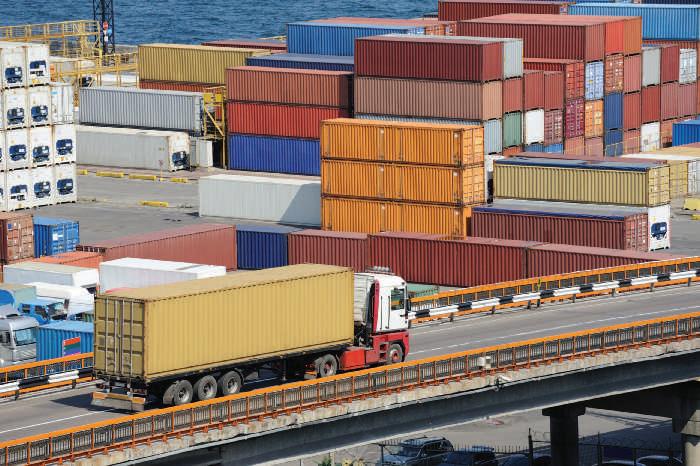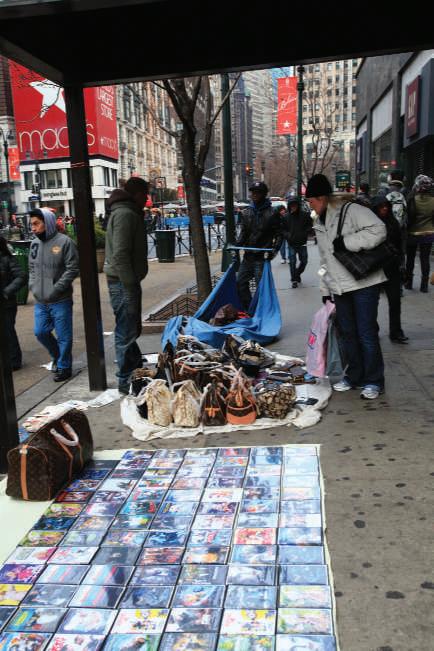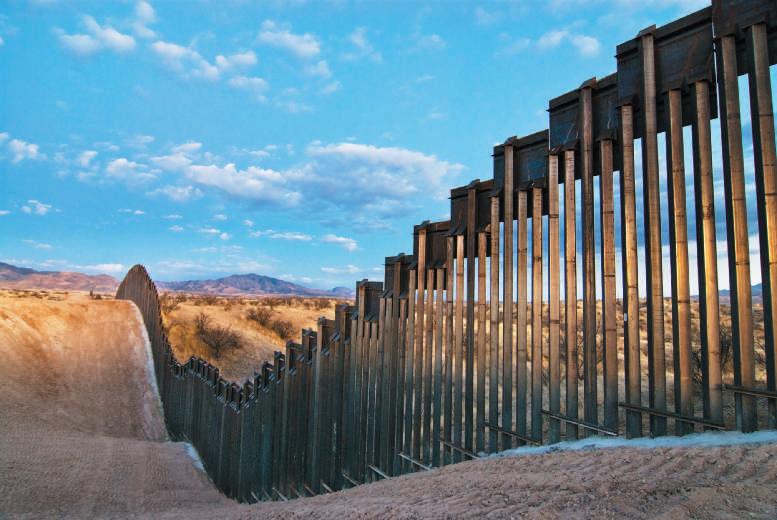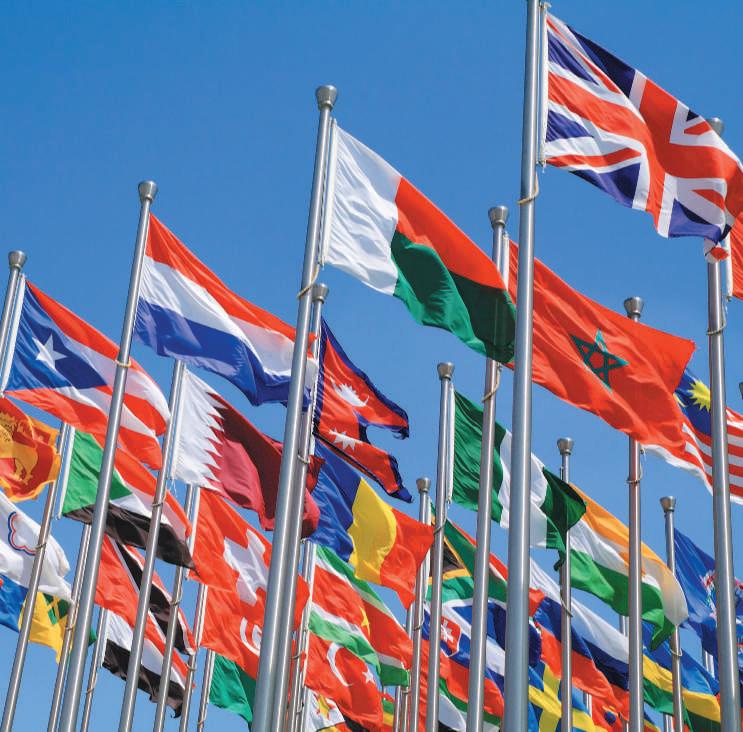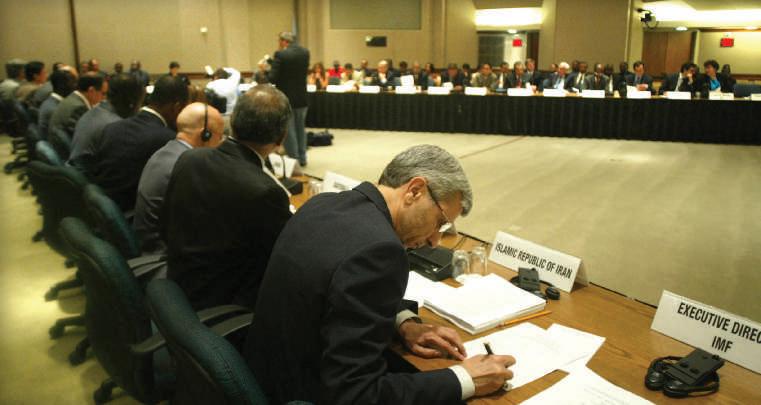102
C h a p t e r 4 T h e I n t e r n a t io n a l F lo w of F u n d s a n d E x c h a n g e R a t e s
Germany as well as economic disparities among different countries in Europe. Laying the groundwork for the euro, 12 European nations formed European Monetary Union (EMU) in 1999. The EMU introduced the euro as a new currency to replace the currencies of the member countries in the Eurozone, which has since grown to 17 members. In 2002, euro coins and notes were distributed. The euro was an immediate success; it quickly became the second most important currency in the world, ahead of the Japanese yen. For countries using the euro, problems of currency fluctuations, inflation, and related economic downturns were substantially reduced. For individual European consumers and businesses, the euro put an end to the expensive and time-consuming need to convert one currency to another as goods and services are purchased or as business is conducted between countries. By 2009, 17 countries had joined the Eurozone (i.e., Austria, Belgium, Cyprus, Estonia, Finland, France, Germany, Greece, Ireland, Italy, Luxembourg, Malta, the Netherlands, Portugal, Slovakia, Slovenia, and Spain) encompassing 327 million Europeans.7 The European Central Bank (ECB) and the Eurosystem of central banks in Eurozone countries maintain responsibility for managing the euro. They print and distribute euros and oversee the Eurozone payments system. Under the 1992 Maastricht Treaty, Eurozone members are required to meet certain monetary and budgetary requirements. These requirements have caused some of the 27-member European Union (EU) countries, such as Sweden, Norway, Denmark, and the United Kingdom, to reject the euro. However, some countries outside the Eurozone, including some Eastern European micro states, have adopted the euro as their sole currency. It is expected that the Eurozone will continue to expand in the future as a way to eliminate exchange rate risks associated with uncertain currency movements, improve macroeconomic stability, and contribute to price parity across countries competing in world trade. Interestingly, some countries in Africa, South America, and Southeast Asia are discussing the possibility of creating regional currencies similar to the euro.8
4-3e Hard and Soft Currencies
hard currencies
leading world currencies of developed industrialized countries, including the U.S. dollar, European euro, Japanese yen, and British pound sterling
soft currencies
emerging market countries’ currencies that are less stable in value than hard currencies and are sometimes pegged to hard currency values
Together, the dollar, euro, and yen account for around 60 percent of the world economy. The dollar, euro, and yen describe three currency areas of the world that lend monetary stability to each respective regional economy. The British pound sterling is another example of a leading world currency. These hard currencies are used by emerging market countries to peg the values of the soft currencies. For example, Argentina for many years pegged its peso’s value to the U.S. dollar, wherein the value of the peso was kept within a set range of values per dollar. Thus, currency pegging is a way for emerging market countries to enhance their monetary stability. However, it should be recognized that, even though each hard currency is fairly stable within its own region of the world, its value can considerably fluctuate against its counterparts around the world. Thus, exchange rate risk remains a major factor in international trade and finance even among large industrial countries.
R e a l i t y C h e c k LO-3 China’s currency, the “renminbi,” is denominated in yuan units. The yuan is pegged to a basket of world currencies. What if China freely floated the yuan? How would the dollar to yuan exchange rate be affected? In evaluating this possibility, take into account that the U.S. imports large quantities of Chinese exports. LO-4 Explain exchange rate changes over time.
4-4 International Flows of Goods and Capital World trade and foreign investment have expanded tremendously over the past 100 years. International movements of goods and capital tend to integrate economic and financial markets. The use of the Internet allows anyone to shop for a bicycle in any country and purchase
Copyright 2017 Cengage Learning. All Rights Reserved. May not be copied, scanned, or duplicated, in whole or in part. Due to electronic rights, some third party content may be suppressed from the eBook and/or eChapter(s). Editorial review has deemed that any suppressed content does not materially affect the overall learning experience. Cengage Learning reserves the right to remove additional content at any time if subsequent rights restrictions require it.









